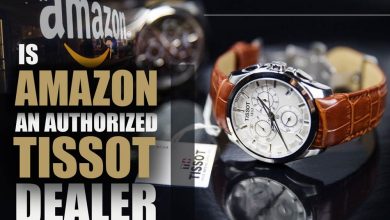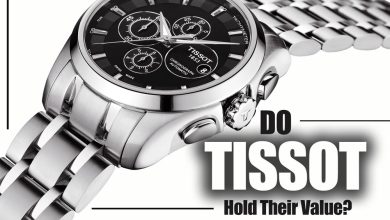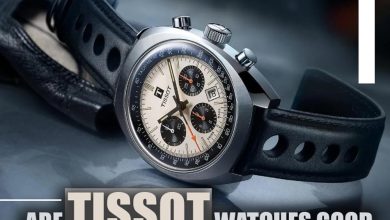Where Are Tissot Watches Made?
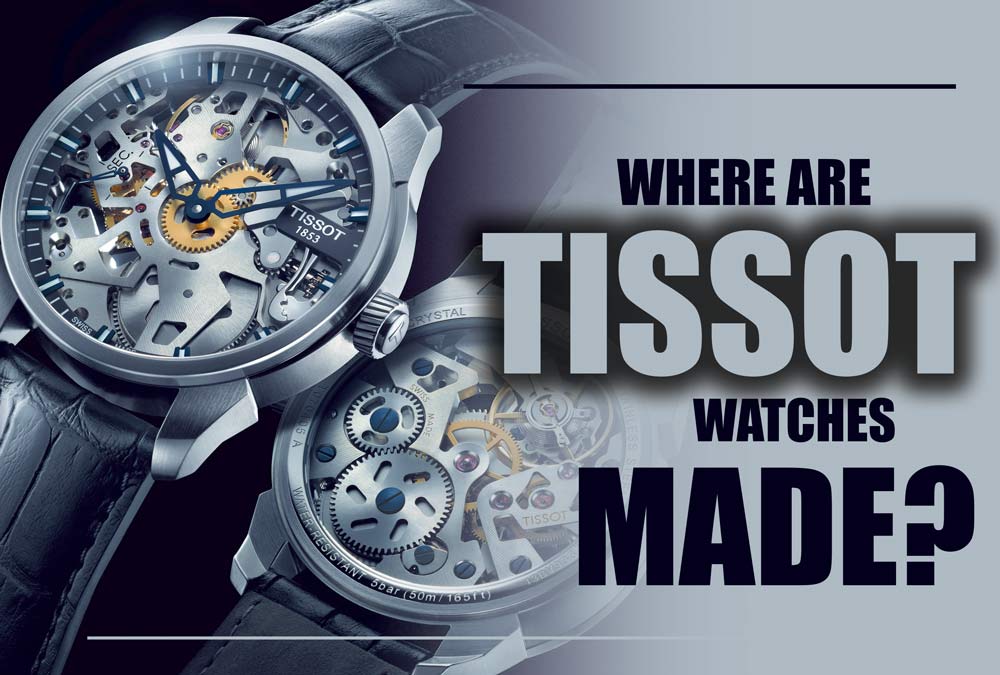
Switzerland!
The wristwatch! An indispensable instrument of modern humanity that not only serves as a recorder of time and history but also bestows status, culture, and individuality on its wielders.
Everything has progressed to a more modern state, and people now live in a manner that takes advantage of these advancements while still exercising caution when selecting their instruments.
Because of this and the shift in how people lived, the production of many different accessories became necessary, and watches were among such items.
It is fascinating to learn that there are a lot of different firms and brands throughout the globe that make unique and fashionable timepieces that can be adapted to fit anyone’s preferences.
In the next section of the “Where are Tissot watches made?” essay, we will discuss Tissot watches and then conclude where these watches are made.
Continue to follow us if you are interested in watches and would want to learn more about them because we are confident that if you are one of the people who read the SaatsazWatch, you are one of those people who are interested in watches and would like to learn more about them.
So, if you are ready, start the “Where are Tissot watches made?” article.
Let’s begin by looking at the Tissot watch and learning more about its background in the first part of this process.
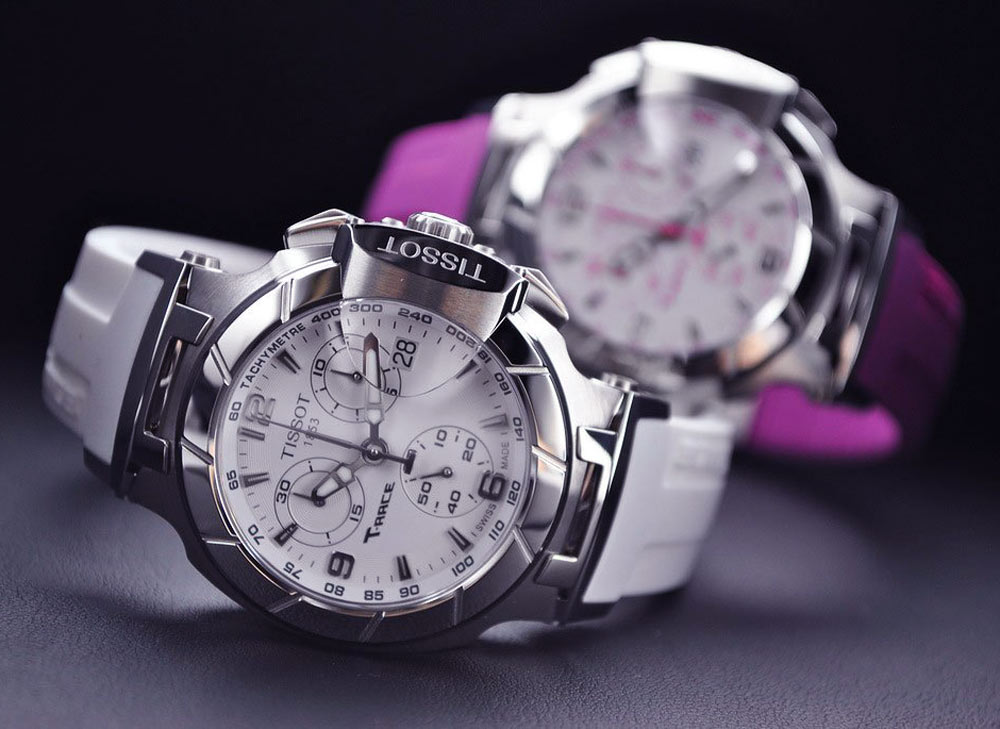
The history of Tissot watches (Swiss country brand)
A father and son collaborated to start the Tissot Company, one of the Swiss country’s most successful watch brands.
Like many other Swiss watch firms created around the same time, Tissot started as a comptoir, meaning it assembled components purchased from independent manufacturers in the area.
In its first year of operation, the firm provided between 1,100 and 1,200 hours of service to the community surrounding Le Locle.
In 1858, a young man named Charles-Emile Tissot traveled to Russia, where he received the permission of the Tsar and began selling pocket watches with the Tissot brand across the empire.
Between 1860 and 1875, Tissot manufactured both completed watches and replacement parts and tools for watchmaking, in addition to a variety of other tiny things.
It is also important to note that throughout the latter half of the 1800s, Tissot was honored with many accolades and accolades at various industrial shows.
Among the honors that were bestowed upon him were the Diploma of Honor from Zurich in the year 1888, the Grand Prix and Gold Metal from Antwerp in the year 1890, the Grand Prix from Paris in the year 1900, and the first prize for clocks and marine chronometers from the Neuchatel Observatory Competition in the year 1907.
The late 1880s saw the arrival of Charles, son of Charles-Emile, who eventually made his home in Russia. In 1890, he welcomed the birth of his son Paul, and in 1897, he received the birth of his daughter Marie.
Both Paul and Marie’s contributions significantly impacted the Tissot administration in various vital areas.
1918, Tissot began organizing his ébauche workshops, changing the business from a fabric into a factory.
To support his actions, he set up a business to manufacture abouches and soon began producing them in large quantities.
If we want to discuss a particular Swiss brand more, I feel obligated to mention that Tissot watches are renowned all over the globe for their precision and high-quality construction.
They have been around for a long time and have a prominent presence. They have their headquarters in Le Locle, which is located in Switzerland.
As a result of Tissot watches’ reputation for precision in timekeeping, several sports governing bodies have made them the official timepiece of their organizations.
Cycling, ice hockey, MotoGP, the International Basketball Federation, the National Women’s Basketball Association, and the World Fencing Championships are just some of the events that have used the brand as their official timekeeper in the past.
This concludes the comprehensive overview of the history of Tissot watches that we have compiled for your benefit.
Now that we’ve reached this point in the essay, we want to wrap things up with a conclusion.
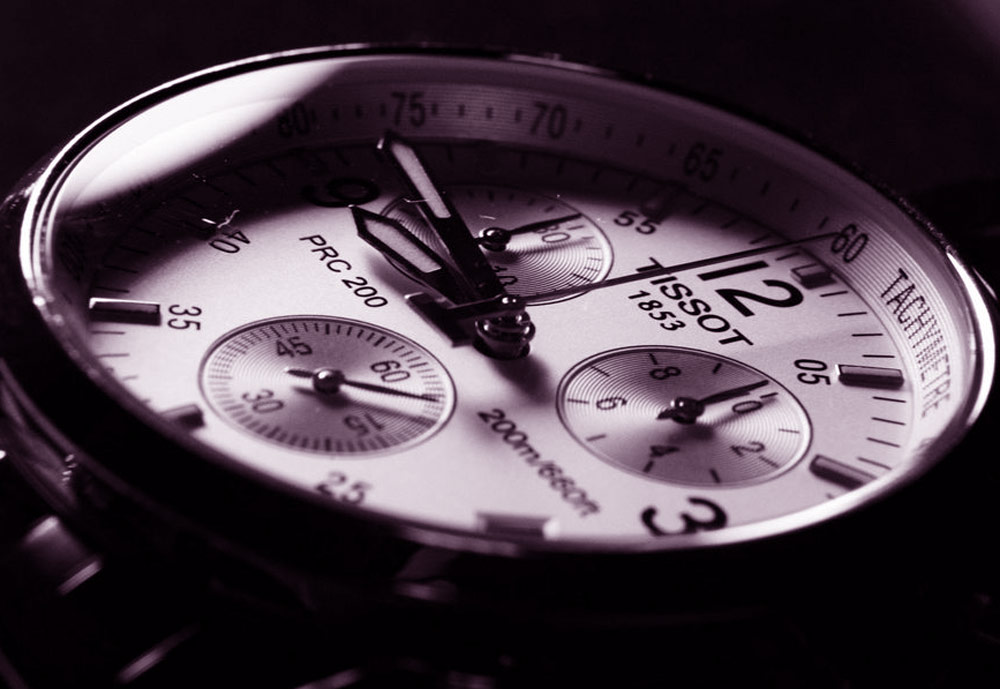
Conclusion: Where are Tissot Watches made?
To ask the question, “Where are Tissot watches made?” the phrase “Made in Switzerland” is engraved on each Tissot watch, which contributes to the product’s high level of desirability.
On the other hand, Tissot watches can be purchased at a more reasonable price for the typical consumer.
Because their goods have the “Made in Switzerland” designation, which comes at a significant additional expense, such items are in high demand all over the globe.
Watches must satisfy the following criteria to bear the “Made in Switzerland” label:
- Include a movement from Switzerland.
- Possess an activity that is already active in Switzerland.
- Is Switzerland the location of the final quality check that was performed?
You may be asking how a Swiss-made product of such excellent quality can be sold at such a reasonable price.
The correct response is that Tissot SA is a subsidiary of Swatch Group. Because of this, they can get the maximum use out of the components acquired in large quantities.
Additionally, it is still feasible for watchmakers to get many of their components from outside of Switzerland while maintaining the coveted title of “Swiss Made.”
This is because Switzerland has a monopoly on producing specific watch components.
We hope you enjoyed the “Where are Tissot watches made?” article, which benefited you.
If you have any other tips or notes we did not mention in this article, please share them with us in the comment section.
Related posts about Tissot watches
Is Amazon an Authorized Tissot Dealer?
Do Tissot Watches Hold Their Value?
